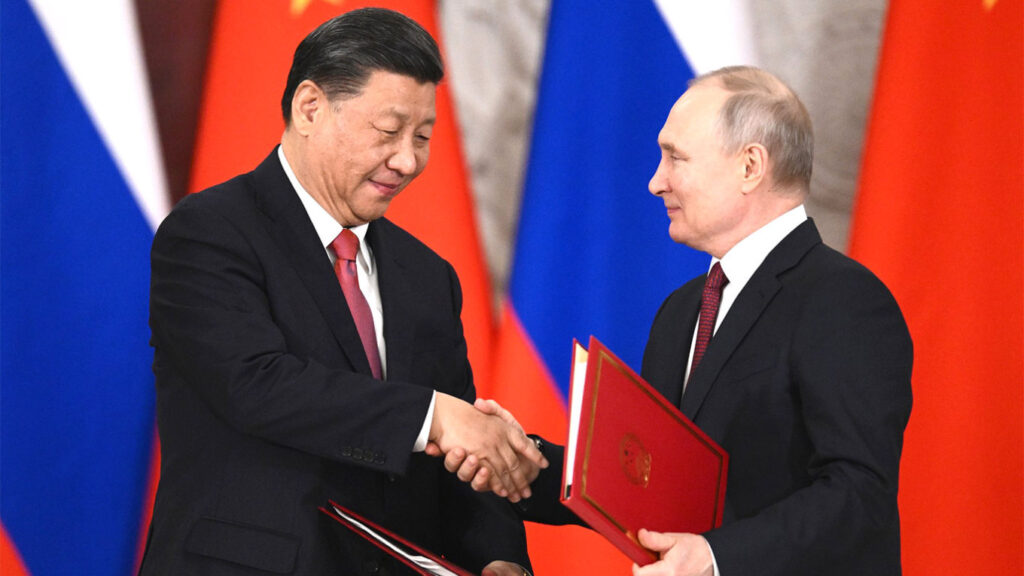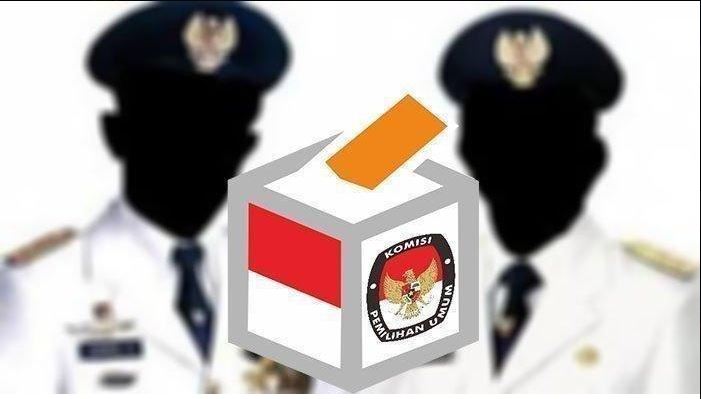
Putin-Jinping-kremlin.ru-RIA Novosti
STRATEGIC ASSESSMENT. Russian President Vladimir Putin is in China met with his counterpart, Chinese leader Xi Jinping, where discussions will likely focus on a range of issues encompassing security, economics, and mutually shared geopolitical interests. Sino-Russian alignment has increased under Xi’s and Putin’s leadership, evolving into what th
e two leaders have respectively described as a “no limits” partnership, spanning trade, energy, military cooperation, and sanctions circumvention. Russia, China, Iran, and North Korea each exist within the contours of a loose partnership aligned against the United States and Washington’s Western allies, cooperating to various degrees to blunt American hegemony and position themselves to succeed in the arena of great power competition.
In early April, U.S. Secretary of State Antony Blinken briefed NATO allies on the extent of Beijing’s material support for Moscow’s war in Ukraine, noting, “China continues to provide materials to support Russia’s defense industrial base.” Last March, the Treasury Department sanctioned five Chinese companies for their involvement in supplying technology for Iran’s unmanned aerial vehicle (UAV) production, which has been exported to Russia and used by Russian forces fighting in Ukraine. Moscow and Tehran have also cooperated militarily in Syria, propping up the regime of Syrian dictator Bashar al-Assad. China appears to be learning from Russian disinformation efforts.
China has watched closely as Russia deployed private military companies (PMCs), chief among them the notorious Wagner Group (now known as the ‘Africa Corps’) across conflict zones to aid the Kremlin’s goals, either by currying favor with a specific governing faction or for destabilizing purposes. By relying on PMCs and paramilitary organizations, Moscow aims to achieve plausible deniability when state-backed entities carry out gray-zone activities. The key to the Kremlin’s approach is a layer of ambiguity that seeks to obfuscate the nature of the command-and-control relationship between these actors and Russia’s military and intelligence agencies. Again, Beijing has been observing Russian tactics and strategy to discern what works well and what does not.
One of the primary benefits that non-state actors provide is the degree of separation to the state actors, which allows for deception and denial in conflict. For example, Russia’s use of the “little green men” when first invading eastern Ukraine and annexing Crimea in 2014. In addition, the lack of evident command-and-control could limit the potential consequences for the state actor if non-state actors conduct illegal actions, such as terrorism, torture, or genocide. Similarly, when Iran-backed militias in Iraq, Syria, and Yemen attack U.S. interests and military bases in the region, there is a degree of separation not directly implicating Tehran in military action against the United States. Accordingly, as China prepares for a range of potential future scenarios in Asia, including in the South China Sea, Beijing is undoubtedly harvesting lessons learned on the value and use of PMCs and proxy forces.
The lack of formalized command-and-control between a state and non-state actor, however, also presents a risk. This is the potential downside of what also makes such an approach attractive to states like Russia and Iran, which go to great lengths to develop and deploy non-state actors for sabotage, terrorism, and militant activities within conflict zones. The degree of separation, however, also means that full control cannot be exercised, which can have dire human and security consequences.
First, these non-state actors are more likely than a professionally trained army to commit war crimes and other crimes against humanity. Second, last June’s aborted coup by Yevgeny Prigozhin illustrates the fallout when a state loses control of its proxy. For Putin, this was embarrassing at best and could have presented a real security challenge at worst. Third, a non-state actor can conduct activity that directly threatens the security of its patron. Iranian proxies targeting Israel and the U.S. have, on a few occasions since October 7th, conducted attacks that have threatened a tangible escalation in the region, prompting Tehran to act quickly to rein them in and signal de-escalation.
Whether Beijing would develop or deploy a non-state actor to be directly involved in a military conflict, similar to the Russian and Iranian models, appears unlikely, at least in the near term. While there could be strategic benefits worth exploring, it would violate long-standing Chinese Communist Party (CCP) foreign policy principles, chiefly those championing sovereignty and territorial integrity and adherence to noninterference. This could, hypothetically, change if the conflict zone is in an area the CCP considers part of PRC territory, such as Taiwan.
There are currently ongoing debates in both the Western and Chinese literature about how the PRC private security industry will or should evolve. Still, the risks associated with a lack of command-and-control over a non-state actor, especially in a military conflict, is a major factor in why Beijing might hesitate to emulate such a strategy in an overseas conflict. The CCP continues to adhere to the Maoist idea that “the Party controls the gun.” In addition, President Xi Jinping is reportedly notoriously distrustful of the People’s Liberation Army (PLA), so it would stretch credulity that he would trust a state-backed paramilitary entity with no formalized command-and-control mechanisms.
The CCP has closely studied the Russian and Iranian cases to evaluate the benefits and risks of utilizing non-state actors in conflict. Beijing is unlikely to replicate either the Russian or Iranian model for non-state actors exactly. Instead, if China finds this approach attractive, it could craft its own model in accordance with Beijing’s foreign policy. Such a model could include cherry-picking specific aspects from both the Iranian and Russian models and adapting them to fit the CCP’s objectives and modus operandi. Given the increasing security need, especially as China continues to grow its Belt and Road Initiative (BRI), protecting Chinese personal and economic interests could provide a window into the CCP’s model and strategy on how to effectively utilize non-state actors in conflict zones








